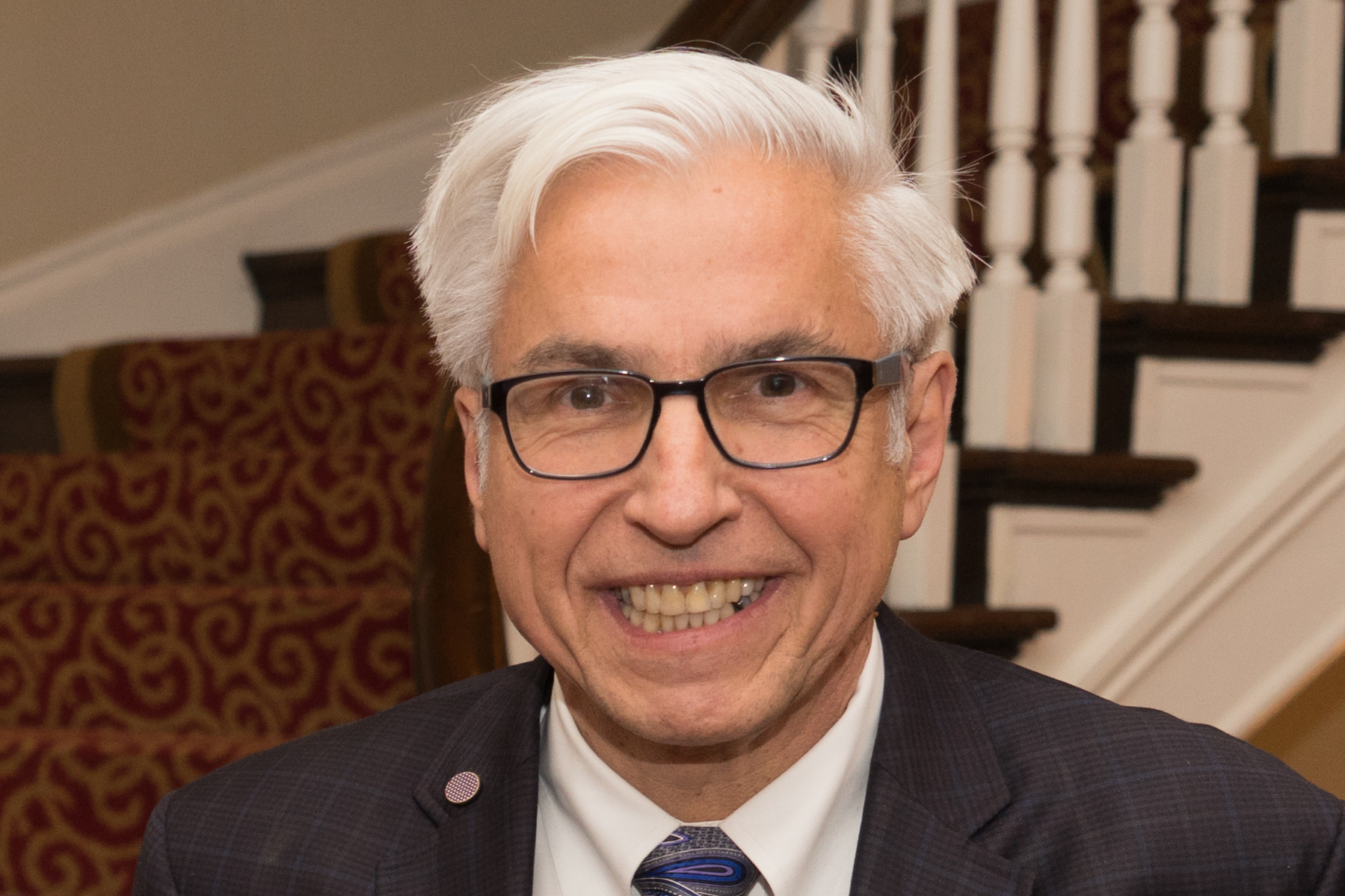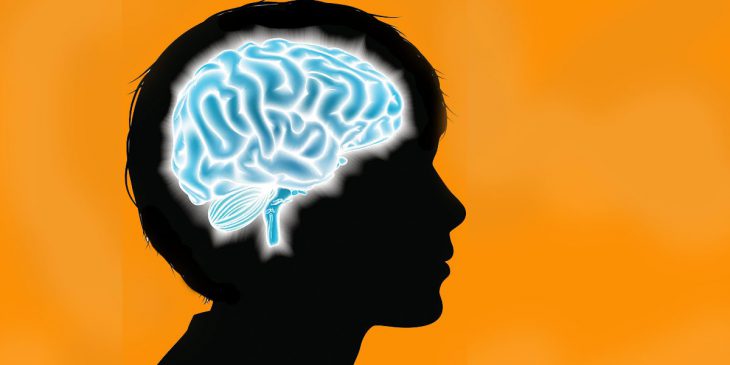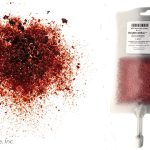When people think about traumatic brain injury, or TBI, most picture professional football players, their bodies slamming hard against the ground. But severe brain trauma—due to motor vehicle accidents, falls from heights, gun shots or domestic abuse—is also a serious problem in children, leading to thousands of deaths annually and a lifetime of disabilities in those who survive.
A new study from the University of Pittsburgh, published in JAMA Network Open earlier this month, was the first to compare effectiveness of two therapies that reduce brain swelling in kids with TBI. The data, collected as part of an international clinical trial with thousands of pediatric patients, showed that a concentrated mixture of salt and water is more effective at reducing pressure in the skull and preventing serious brain damage than the traditionally used sugary solution called mannitol.

Dr. Patrick Kochanek
“Many kids who had suffered from severe TBI end up making an amazing recovery,” said lead author Dr. Patrick Kochanek, distinguished professor of critical care medicine and pediatrics at Pitt. “But when those kids first landed in the intensive care unit or the emergency room, they were in big trouble – and early and efficient interventions are essential to helping the child survive.”
When a critically injured child with brain trauma is admitted to a hospital, doctors rush to limit brain swelling and prevent pressure build-up in the skull. Just like any other part of the body, when the brain receives a powerful blow, it swells. But because the brain is encased in a hard skull, the swelling has no room to expand, and the pressure in the skull rises, increasing the risk of permanent damage to the nerve tissue.
To quickly reduce brain swelling, clinicians use highly concentrated liquids—saline and mannitol—which, when administered intravenously, work by pulling the excess water out of the brain. But even though mannitol and hypertonic saline are widely used in adult and pediatric TBI patients, no previous reports compared their effectiveness in a large clinical study in children.
To compare the real-world use of two therapies head-to-head, Kochanek and his team at UPMC Children’s Hospital of Pittsburgh—one of the national leaders in neurocritical care for children—studied 1,000 pediatric patients enrolled across 44 clinical sites in eight countries as part of the Approaches and Decisions in Acute Pediatric TBI trial, also known as ADAPT.
Researchers found that both mannitol and saline were effective at improving the flow of oxygenated blood to the brain – but saline worked slightly better at reducing the intracranial pressure. It also worked best when the pressure was critically high.
“Mannitol is a therapy that has been around for more than 50 years and has been ‘grandfathered in’ as a standard of care for severe pediatric TBI,” said Kochanek. “Although mannitol has some benefit, our study offers support for use of concentrated saline over mannitol in those patients, and we hope that it will influence the clinical guidelines and push centers to forego tradition for the most clinically effective therapy.”
Sripriya Raja is a Ph.D. candidate in the University of Pittsburgh School of Medicine’s Department of Pharmacology & Chemical Biology. She is participating in the UPMC Science Writing Mentorship Program.








